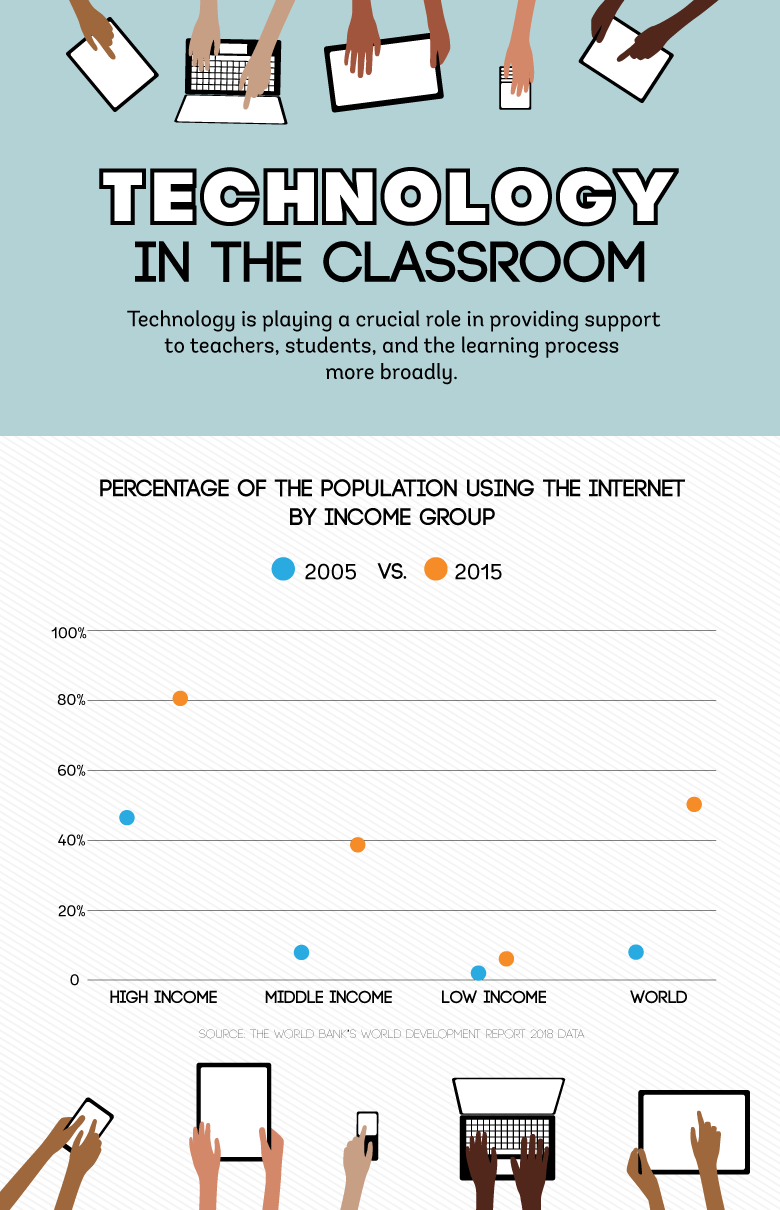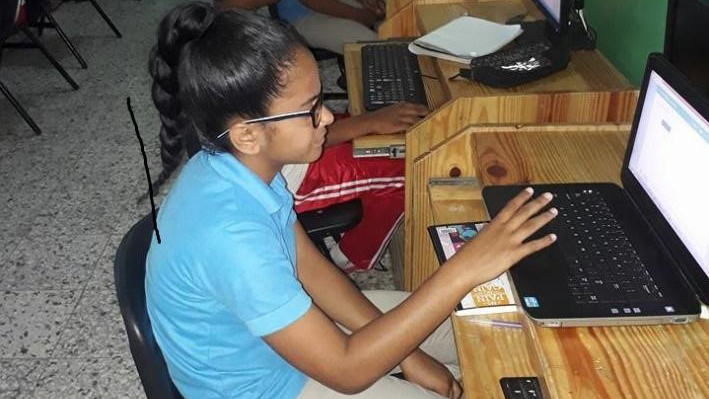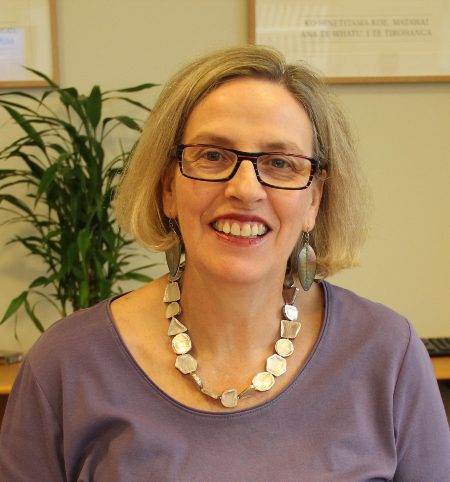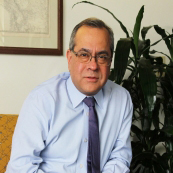But even heroes need help. We need to be sure that all teachers are motivated to do their best and that they are equipped with what they need to teach effectively.
To support countries in reforming the teaching profession, the World Bank is launching “Successful Teachers, Successful Students.” This global platform for teachers addresses the key challenges of making all teachers effective, making teaching a respectable and attractive profession with effective personnel policies, and ensuring teachers are equipped with the right skills and knowledge before entering the classroom and subsequently supporting them throughout their careers.
Technology offers new possibilities for teaching and learning
Rapid technological change is raising the stakes. Technology is already playing a crucial role in providing support to teachers, students, and the learning process more broadly. It can help teachers better manage the classroom and offer different challenges to different students. And technology can allow principals, parents, and students to interact seamlessly.

One of the most interesting, large scale educational technology efforts is being led by EkStep, a philanthropic effort in India. EkStep created an open digital infrastructure which provides access to learning opportunities for 200 million children, as well as professional development opportunities for 12 million teachers and 4.5 million school leaders. Both teachers and children are accessing content which ranges from teaching materials, explanatory videos, interactive content, stories, practice worksheets, and formative assessments. By monitoring which content is used most frequently—and most beneficially—informed decisions can be made around future content.
In the Dominican Republic, a World Bank supported pilot study shows how adaptive technologies can generate great interest among 21st century students and present a path to supporting the learning and teaching of future generations.
Yudeisy, a sixth grader participating in the study, says that what she likes doing the most during the day is watching videos and tutorials on her computer and cell phone. Taking childhood curiosity as a starting point, the study aimed to channel it towards math learning in a way that interests Yudeisy and her classmates.

Yudeisy, along with her classmates in a public elementary school in Santo Domingo, is part of a four-month pilot to reinforce mathematics using software that adapts to the math level of each student. © World Bank
Adaptive technology was used to evaluate students’ initial learning level to then walk them through math exercises in a dynamic, personalized way, based on artificial intelligence and what the student is ready to learn. After three months, students with the lowest initial performance achieved substantial improvements. This shows the potential of technology to increase learning outcomes, especially among students lagging behind their peers.
In a field that is developing at dizzying speeds, innovative solutions to educational challenges are springing up everywhere. Our challenge is to make technology a driver of equity and inclusion and not a source of greater inequality of opportunity. We are working with partners worldwide to support the effective and appropriate use of educational technologies to strengthen learning.
When schools and educations systems are managed well, learning happens
Successful education reforms require good policy design, strong political commitment, and effective implementation capacity. Of course, this is extremely challenging. Many countries struggle to make efficient use of resources and very often increased education spending does not translate into more learning and improved human capital. Overcoming such challenges involves working at all levels of the system.




